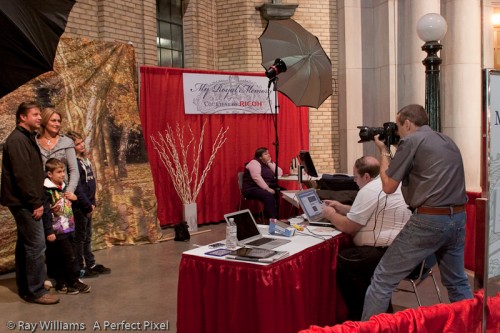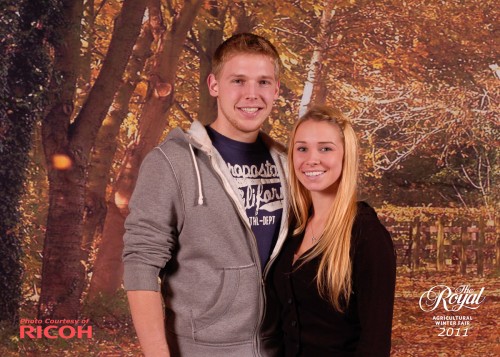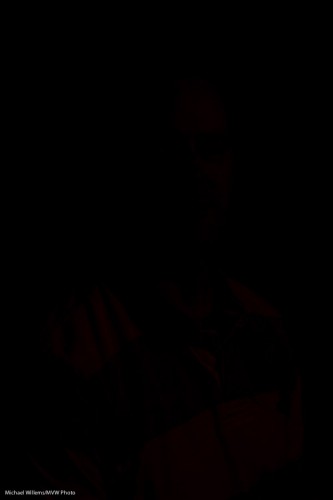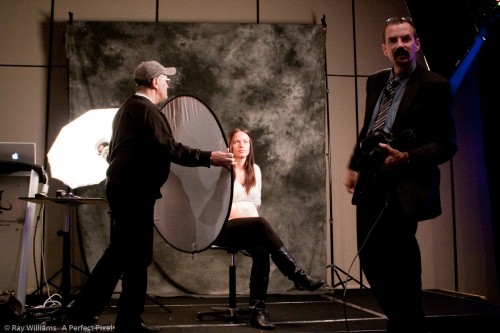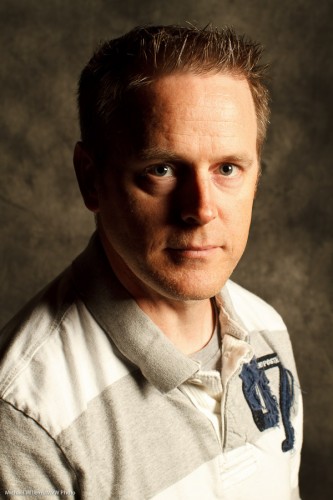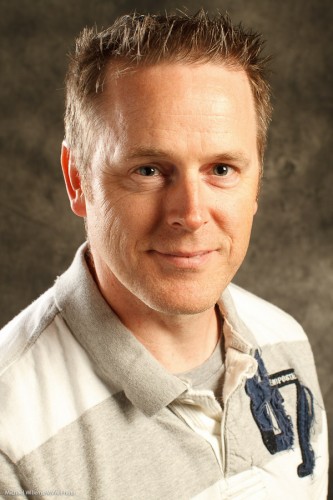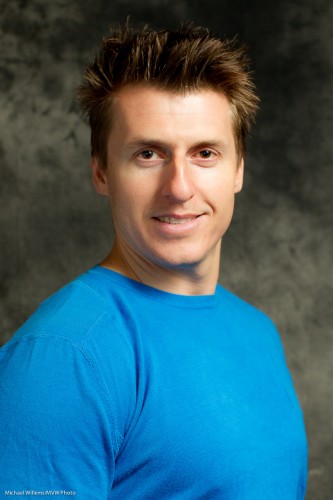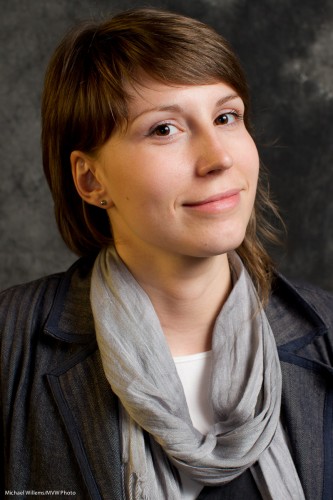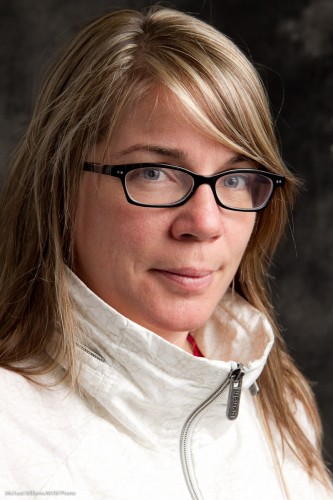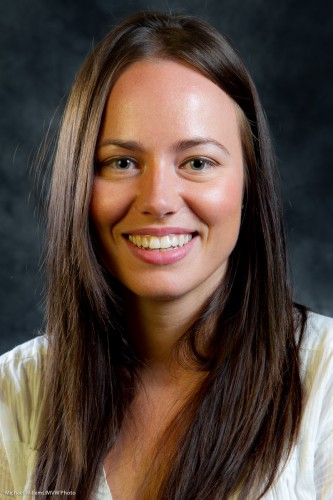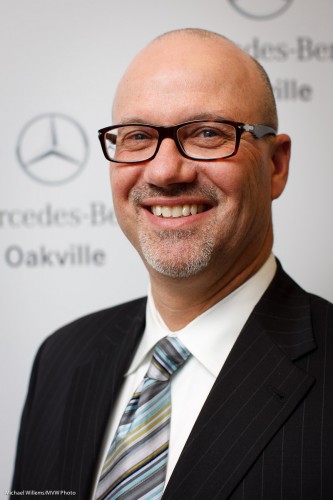…it is often said, is the camera you have on you.
But you need to use it well. I shall share with you an example of an iPhone picture I took, to illustrate this.
To do an iPhone picture is easy. But to do it well, you need to:
- Compose well. Do not take a pic with the subject in the centre – use the Rule of Thirds, tilt, get clos, do what you need.
- But do not get too close or you will distort.
- Light well. Not the intensity – this pic was taken in very low light with no flash – but the direction (I turned the subject to the light and tilter her head up to catch that light)
- Post-process – in my case, in Lightroom. First, I converted the image to black and white.
- Then I applied an enhanced contrast style.
- Then I reduced the noise
- But then I applied lots of film grain. Love that grainy look (view full size to see it):
The result:
Not a bad shot eh, and taken with an iPhone in low light.
Here is another example, with Selenium Tone style applied (and the same other tuning done):
So do not make the mistake of thinking a good photographer is nothing without great equipment. Yes, it expands your possibilities, but if all you have is an iPhone, use it well!





